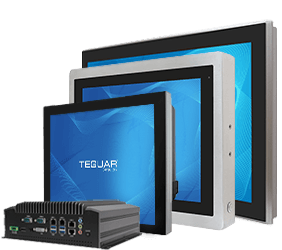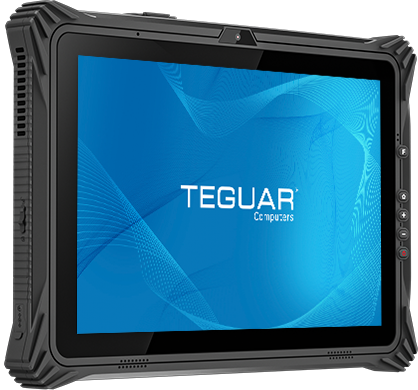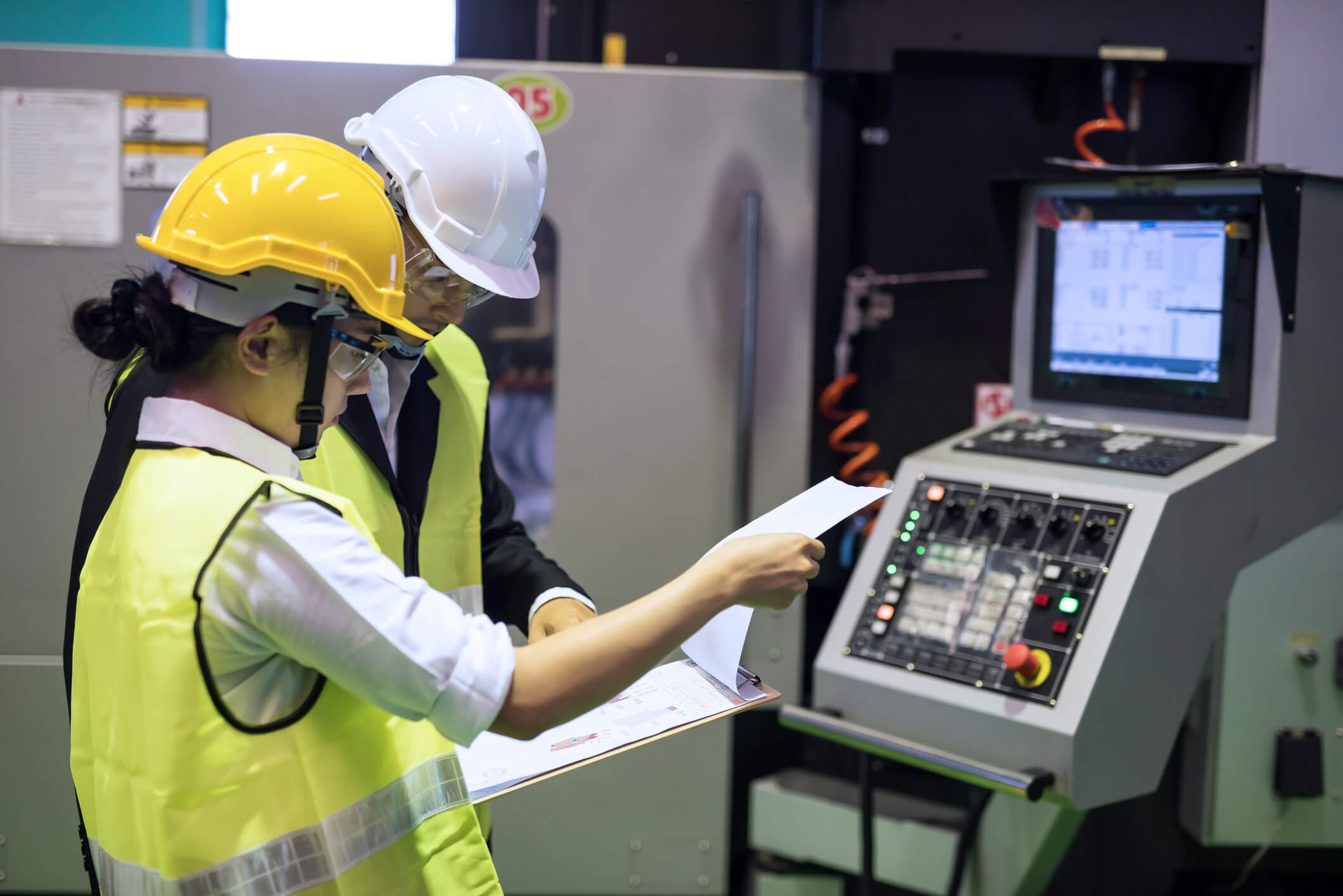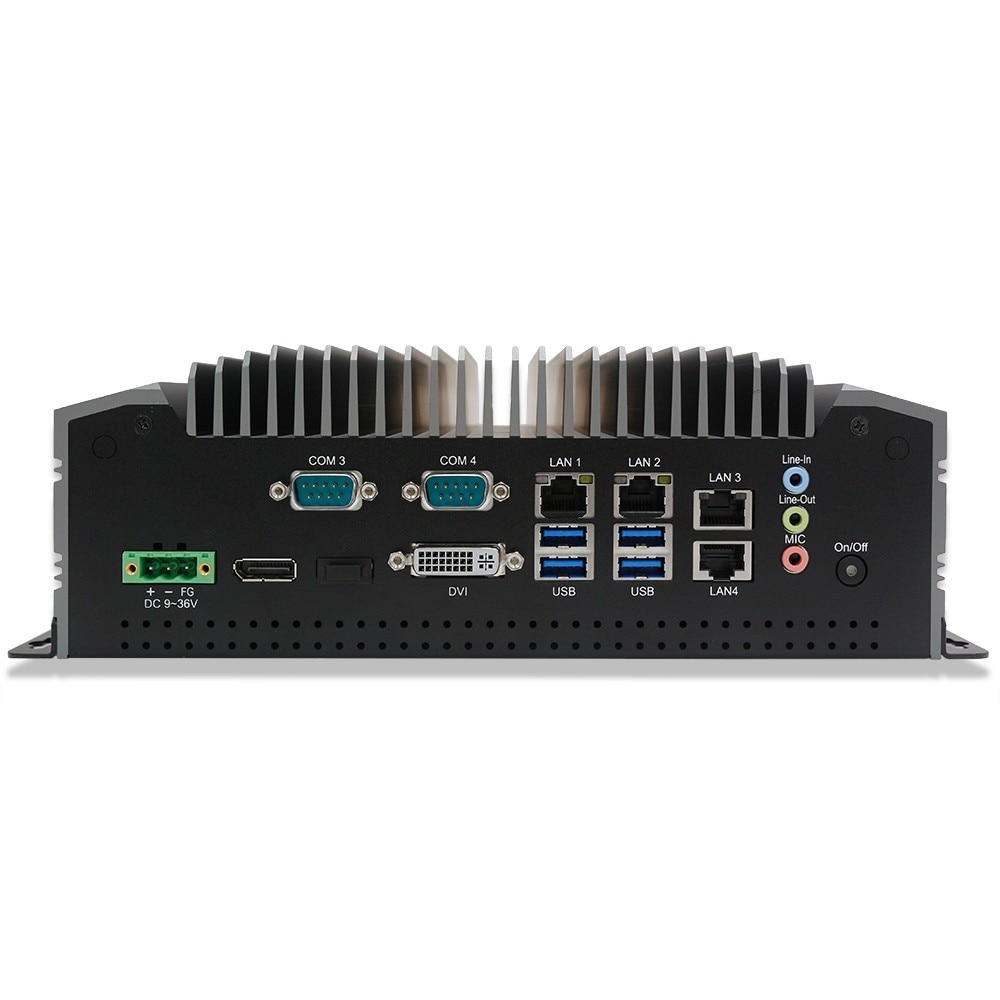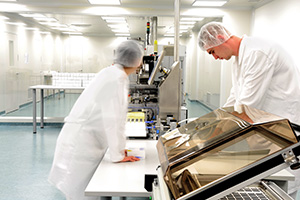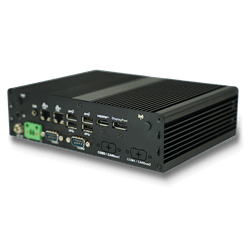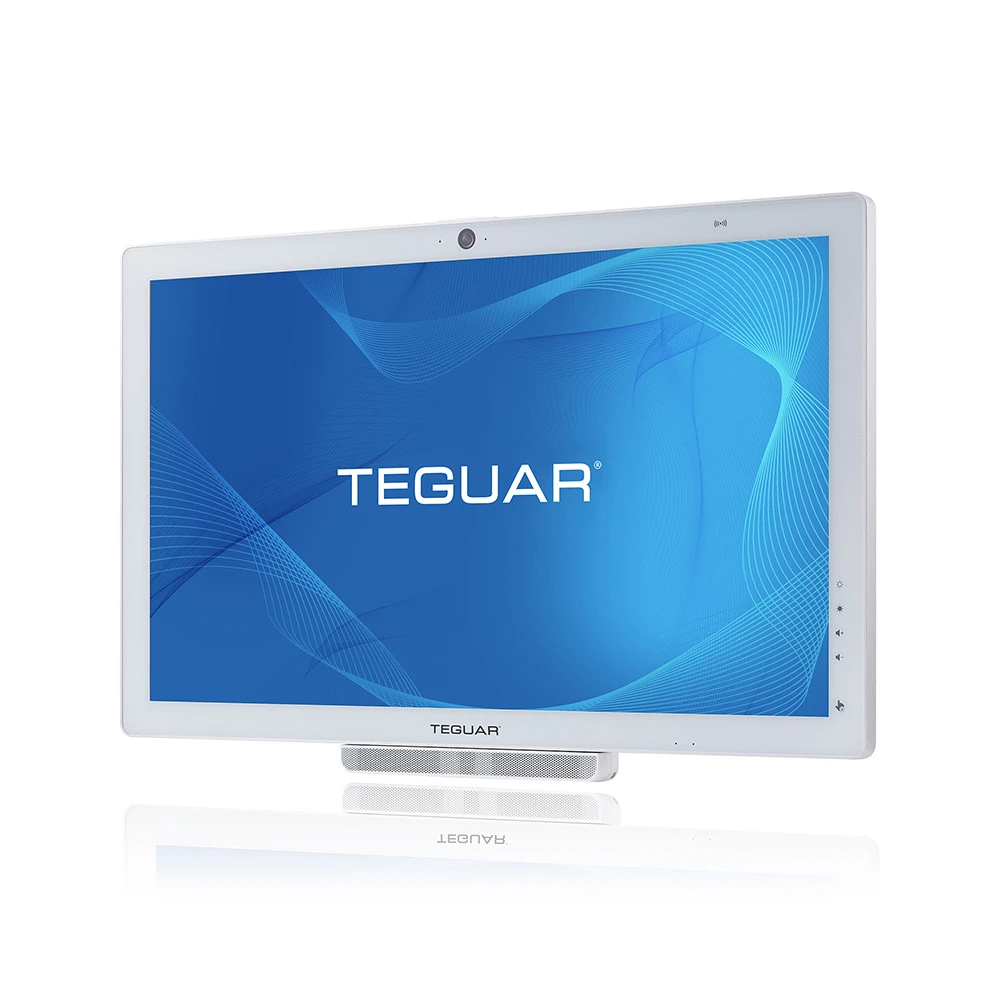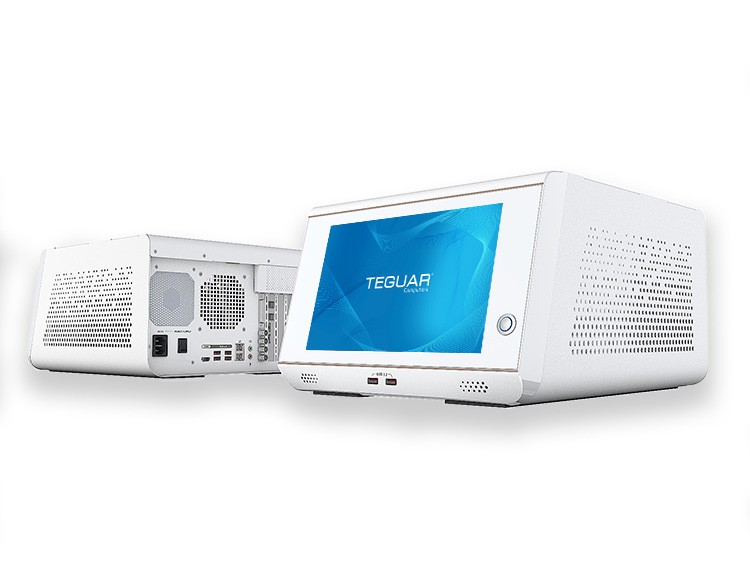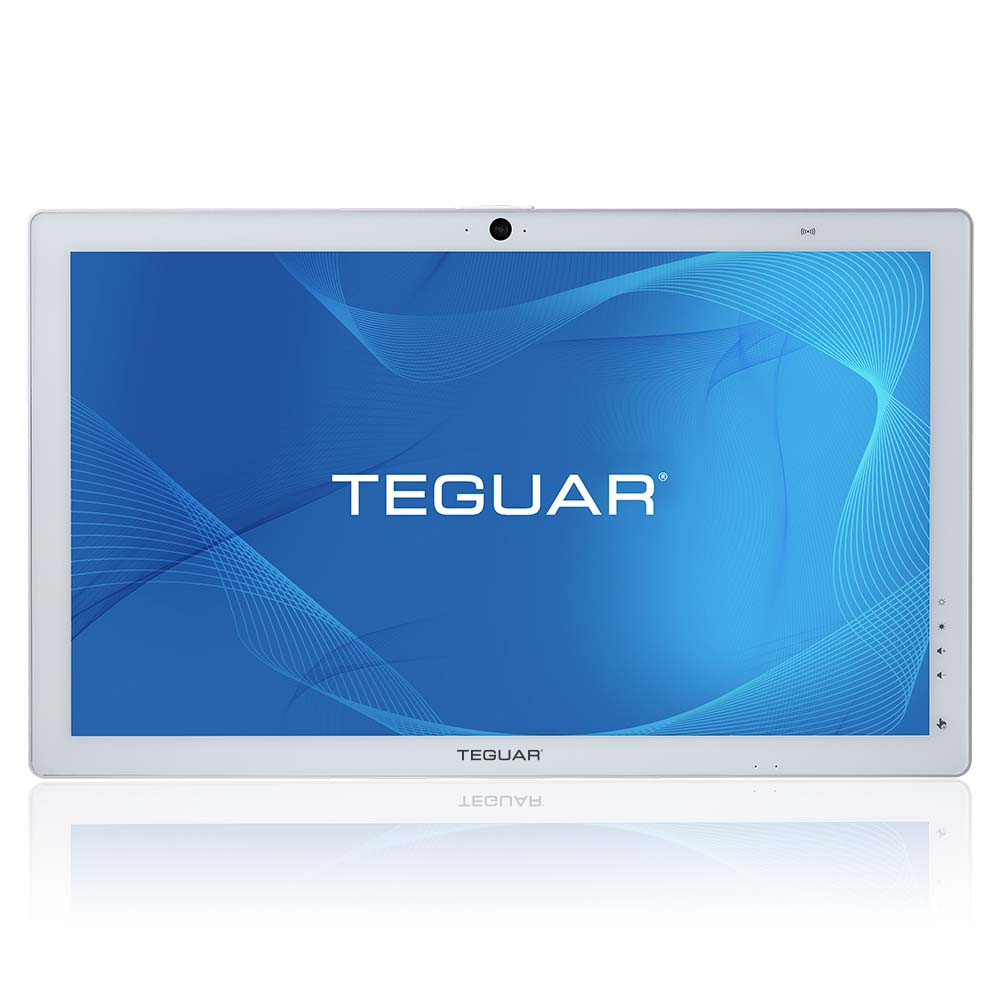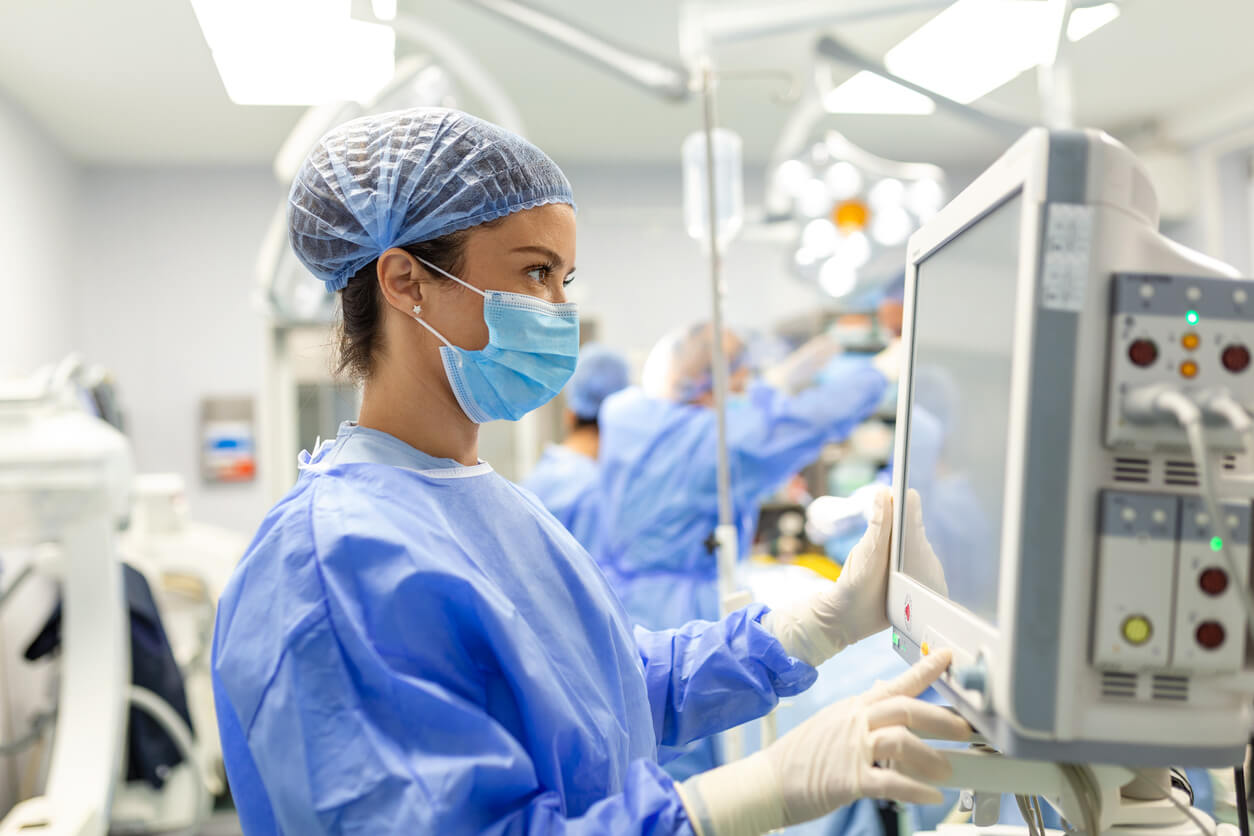Fanless Computers: How Do They Work?

Many industrial and commercial computers often boast a notable feature: they are fanless. This advancement in technology is gradually phasing out the era of noisy tower PCs and laptops, offering instead silent and streamlined machines that function without conventional cooling fans. But what exactly makes this possible? What makes fanless computers durable in dusty environments? And more importantly, how might you take advantage of it?
Understanding Fanless Technology
The concept of fanless technology, also known as passive cooling, is quite straightforward on the surface. When you strip a computer of its fans, you eliminate a significant source of noise and potential hardware failure. But what is not immediately obvious to the non-tech savvy is the elegant science that enables this to happen.
To understand fanless computers, we must first grasp the essentials of thermodynamics as it applies to computing. Fanless systems work by employing different materials and methods to draw heat away from the components and disperse it into the surrounding environment.
Imagine a silent concert—each musician has their instrument and plays a distinct role. In passive cooling, the ‘musicians’ are the computer components, and the ‘instruments’ are the heat sink, heat pipes, and sometimes even the chassis of the computer itself.
When a component heats up, thermodynamics kick in; heat naturally wants to move from where it is more concentrated (the hot component) to where it is less so (the surrounding air). The heat sink’s job is to facilitate this transfer. It is typically a conductive material with a large surface area, often consisting of various fins and vanes.
But how does the heat move without a fan to push the air through the fins? This is where the ‘conductor of sorts’ takes center stage.
Passive Cooling Mechanisms
One of the principal methods of moving heat in a fanless system is through heat pipes, which are hollow tubes sealed at both ends and contain a small amount of fluid. When the fluid near the hot end of the pipe vaporizes, it moves to the cooler end where it condenses back into a fluid, releasing the heat. This process repeats continuously, exploiting gases’ property to expand and contract with temperature changes.
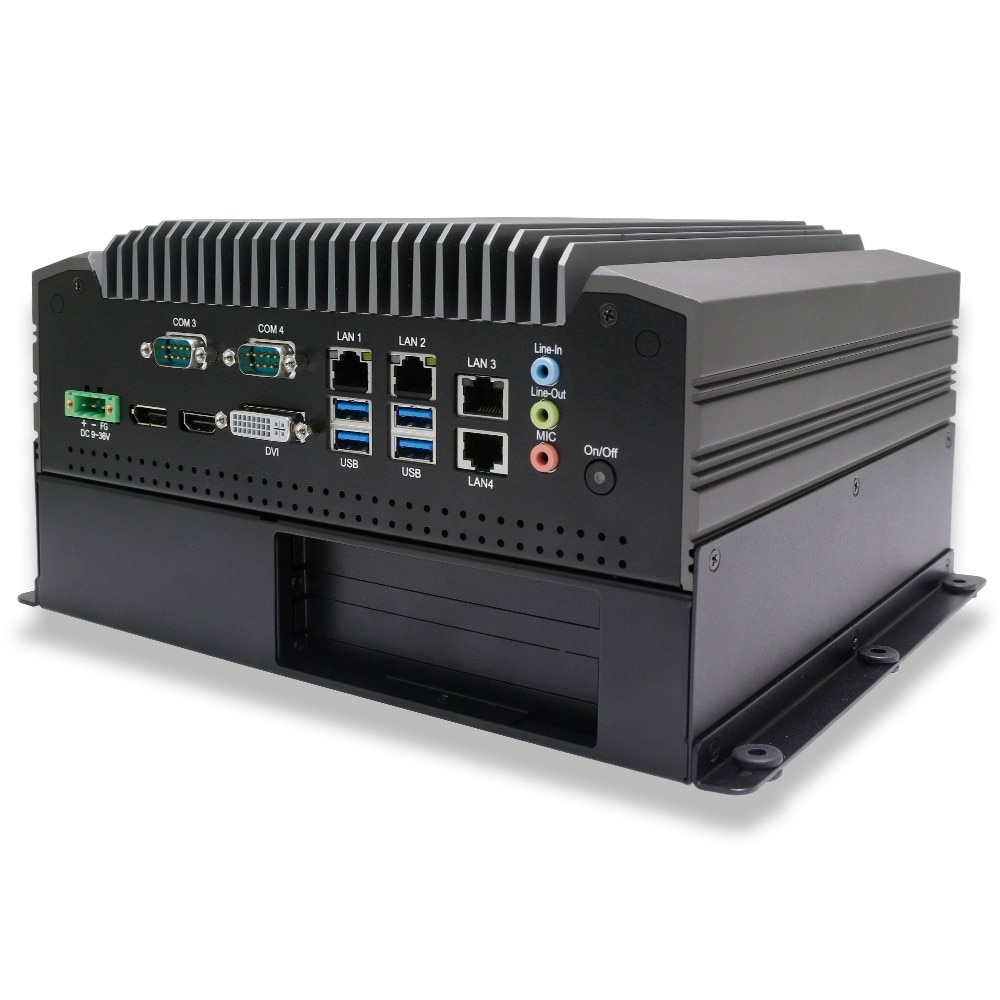
Another mechanism is the application of thermal pads, which are highly conductive and help spread the heat across a broader area. These techniques, though existing for some time, have been finessed to operate fanless machines with high-end processors and graphic cards efficiently.
Fanless vs. Traditional Cooling

Why make the switch to fanless in the first place? Traditional fan-based cooling systems have been the industry standard for decades. However, as our devices become smaller and more complex, so do the challenges. Fans attract dust, which can cause noise, inefficiency, and increased maintenance. In addition, the moving parts in fans are prone to wear down and ultimately fail.
Fanless computers eliminate these issues while providing a more robust solution. The removal of a fan also reduces the overall power consumption, albeit slightly. And, of course, the elimination of fan noise can be a significant selling point, especially for industrial users who prefer a peaceful computing experience.
Benefits of Fanless Computers
The benefits of fanless technology extend beyond simple noise reduction. They provide a multitude of advantages that enhance the user experience and the life cycle of the device.
Noise Reduction
It is no secret that fans are a primary source of noise in most electronic devices. By removing this component, fanless computers operate in near silence. This can be particularly beneficial in quiet settings and for those of us who simply prefer to work or play without the hum of a machine in the background.
Improved Reliability and Durability
Fans are among the most common components to fail on a computer. With no fans, there is no risk of bearing failure, no dust to clog the system, and no moving parts to wear down over time. This results in a more reliable computer that requires less maintenance and is likely to have a longer lifespan.
Dust Ingress
Without fans to pull in air, fanless computers significantly reduce the risk of dust ingress. This means fewer particles entering the device, which can accumulate and interfere with electronic components, leading to overheating and potential failures. The effectiveness of a fanless computer in preventing dust ingress is often rated using an Ingress Protection (IP) rating, which measures the level of protection against the entry of solid particles and liquids. A higher IP rating indicates a greater ability to keep dust and moisture out, contributing to the device’s durability and performance over time.
Energy Efficiency
Fanless computers, on average, consume less energy than their fan-based counterparts. The amount of power saved may seem insignificant when considering a single computer, but when applied to larger scales—like in data centers or office environments—it can lead to substantial energy savings.
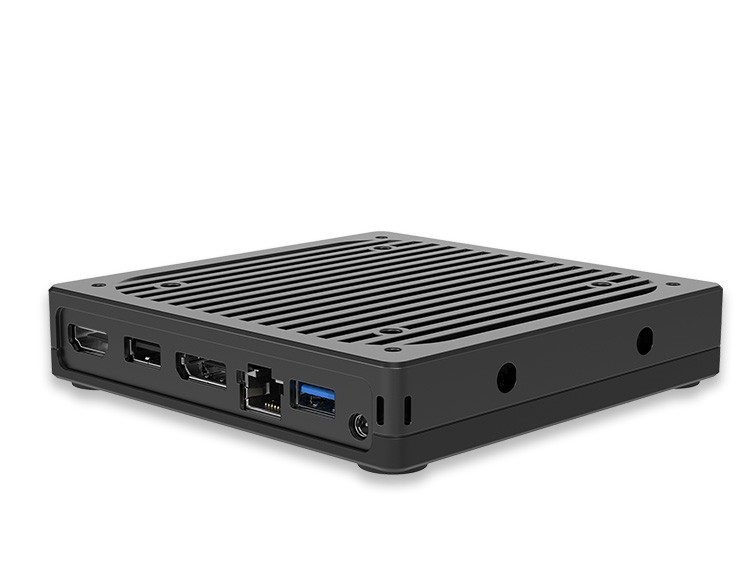
Challenges and Limitations
While fanless technology offers undeniable advantages, it is not without its set of challenges.
Heat Dissipation Issues
Fanless computers must effectively dissipate heat away from the critical components, and this can be a limiting factor in their design. Components such as the CPU and GPU generate a significant amount of heat, especially when under heavy load. Ensuring that this heat is reliably moved away from these parts and out of the system is critical to prevent thermal throttling, which can reduce performance or damage the hardware.
Performance Trade-Offs
Because of the heat dissipation constraints, fanless systems may not be able to support the highest performing CPUs and GPUs on the market. This means that, in some cases, users may have to sacrifice a bit of raw processing power for the benefits of a fanless design.
Teguar’s Fanless Computers
Teguar’s line of industrial fanless computers are built to withstand harsh environments, where dust, temperature, and humidity could quickly wear down or obstruct components in a fan-based system. Teguar’s fanless computers offer reliable, silent operation in demanding settings such as manufacturing floors and medical equipment.
Fanless technology is an exciting development in the world of computing. Its silent operation, improved durability, and energy efficiency make it an attractive alternative to traditional fan-based cooling systems. While challenges remain, ongoing innovations and an expanding market for silent computing ensure that the fanless future is not only feasible but one that we can look forward to.


